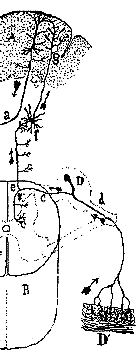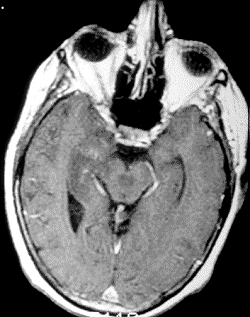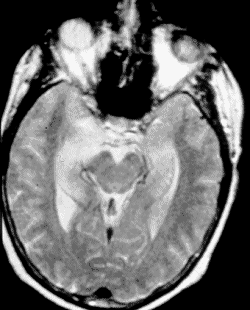|
Diagnostic Criteria for Sjögren's Syndrome |
|
Criteria |
Definitions |
|
Ocular symptoms |
Dry eyes every day for more than 3 months
Recurrent sensation of sand or gravel in the eyes, or
Use of tear substitutes more than three times a day
|
|
Oral symptoms |
Dry mouth, daily for more than 3 months
Recurrent or persistently swollen salivary glands, or
Use of liquids to aid in swallowing dry food
|
|
Ocular signs |
Positive Schirmer's test (<5 mm in 5 min), or
Rose Bengal score of ≥4 (van Bijsterveld system)
|
|
Histopathology |
Minor salivary gland (lip) biopsy: Focus score ≥ 1 |
|
Salivary gland involvement |
Positive: Salivary scintigraphy
Parotid sialography, or
Salivary flow (≤1.5 mL in 15 min)
|
|
Autoantibodies |
Antibodies: Ro (SS-A); La (SS-B)
Also see: IgG vs FGFR3
|
Probable Sjögren's syndrome: 3 criteria present
Definite Sjögren's syndrome: 4 or more criteria present. |


